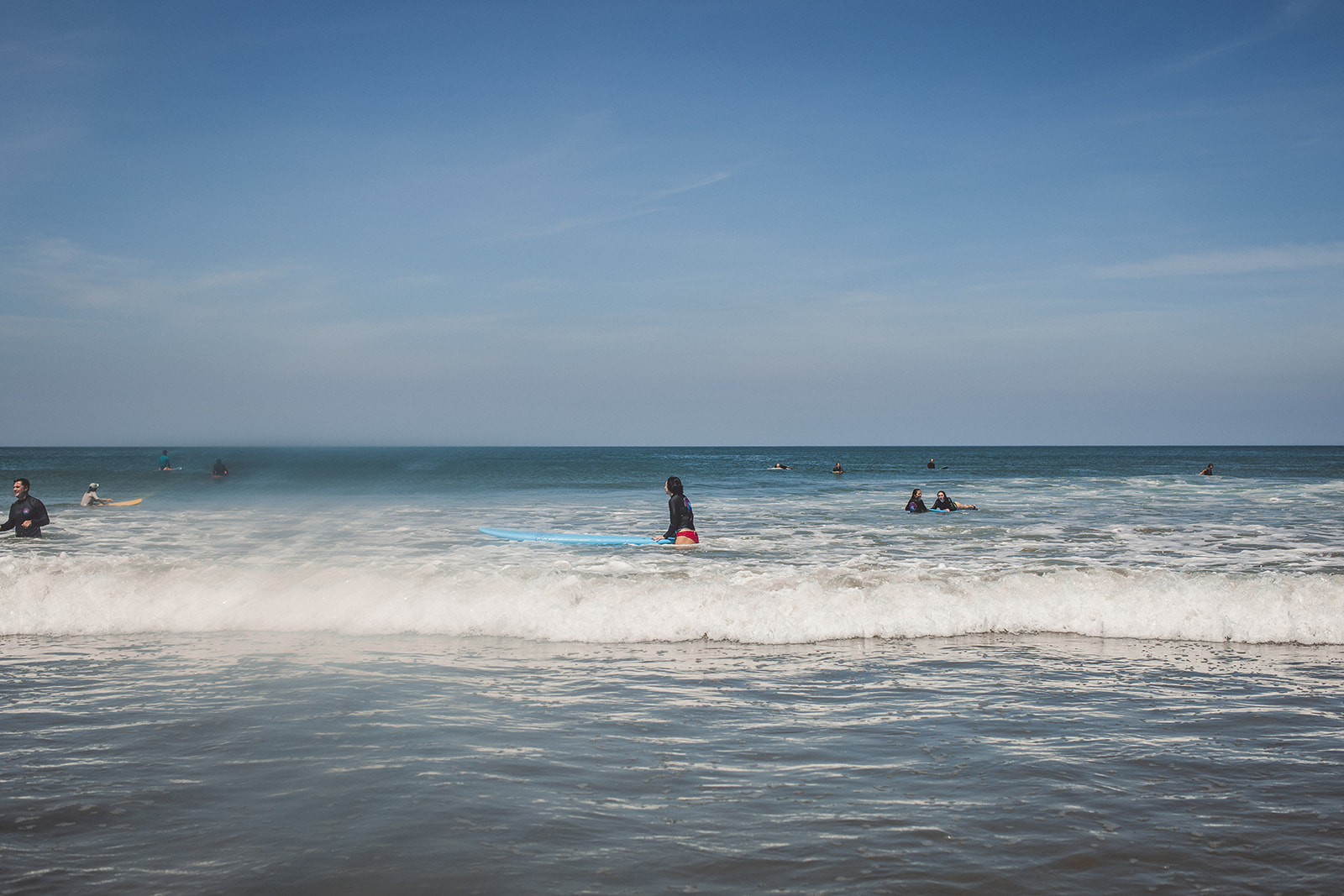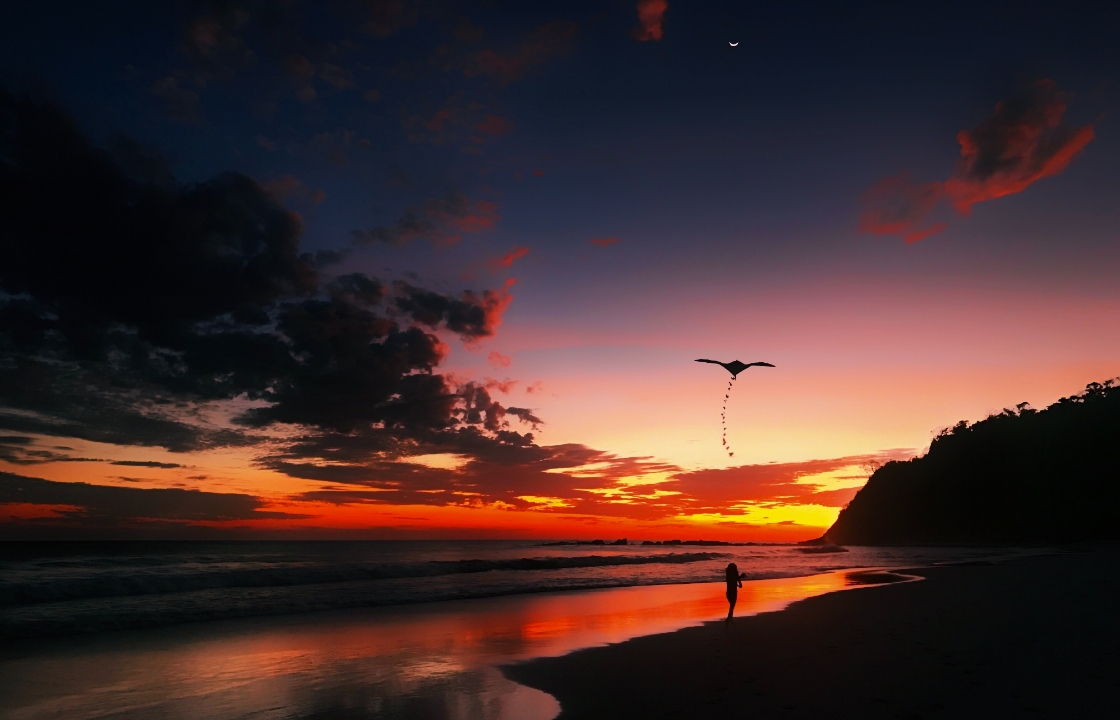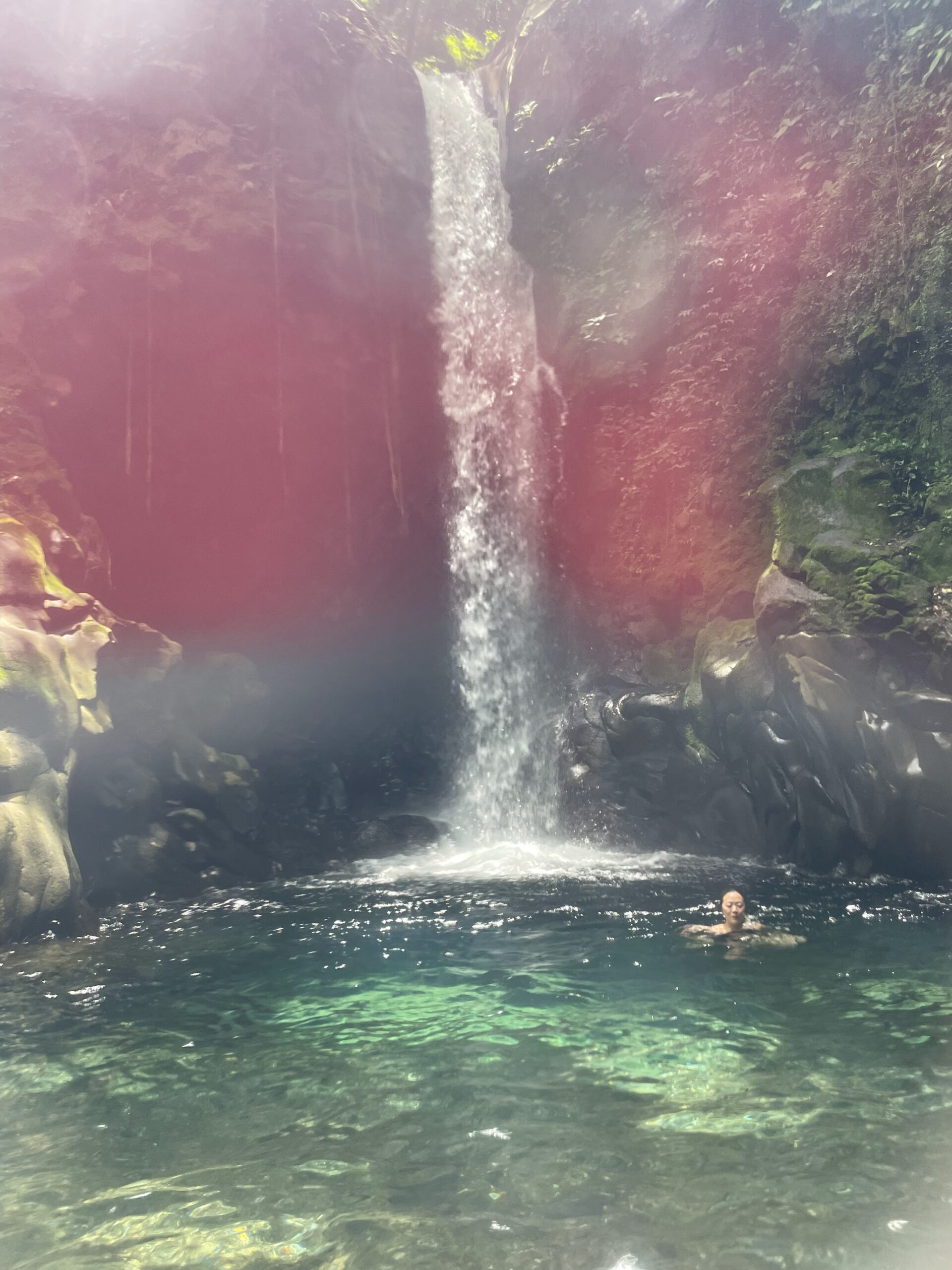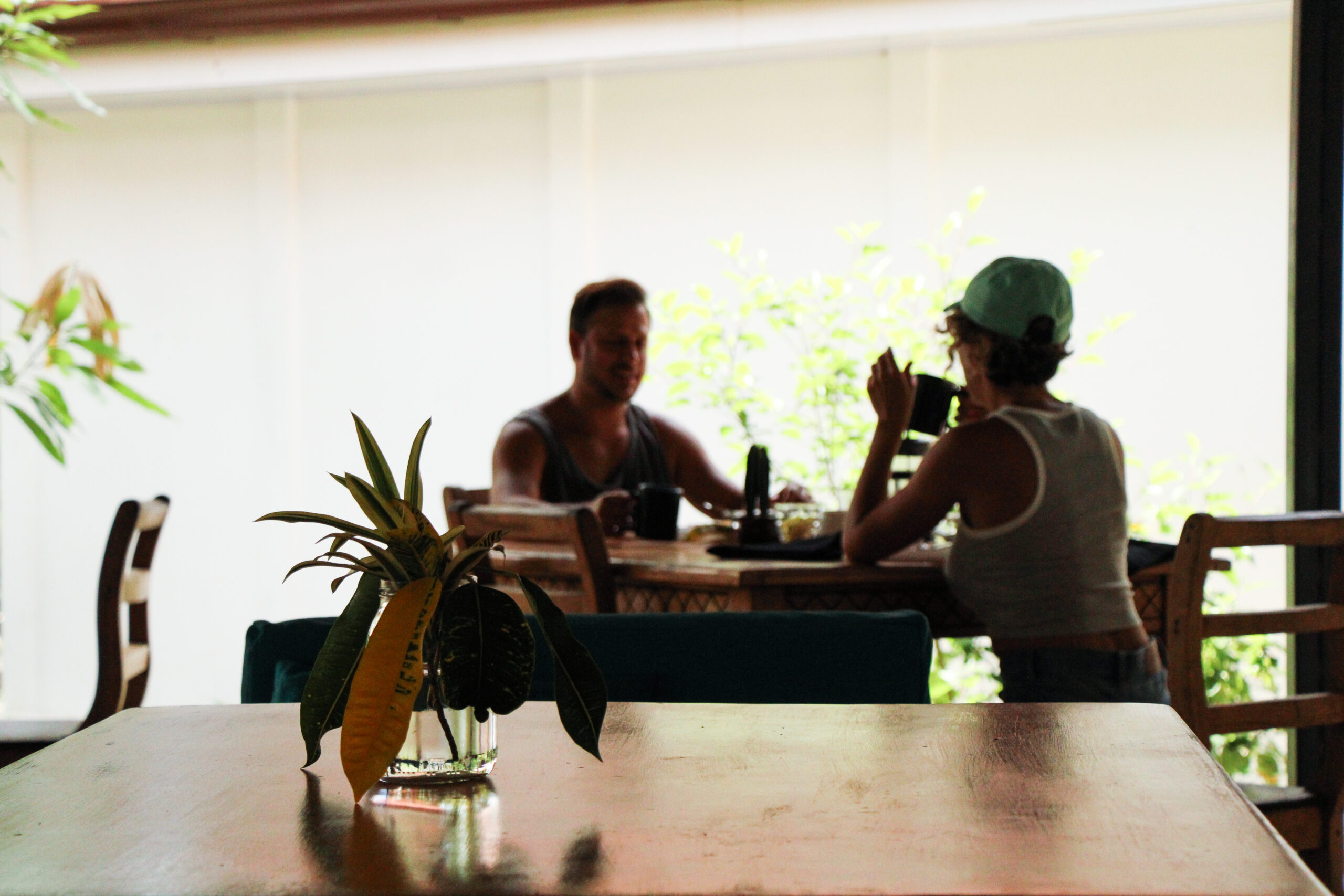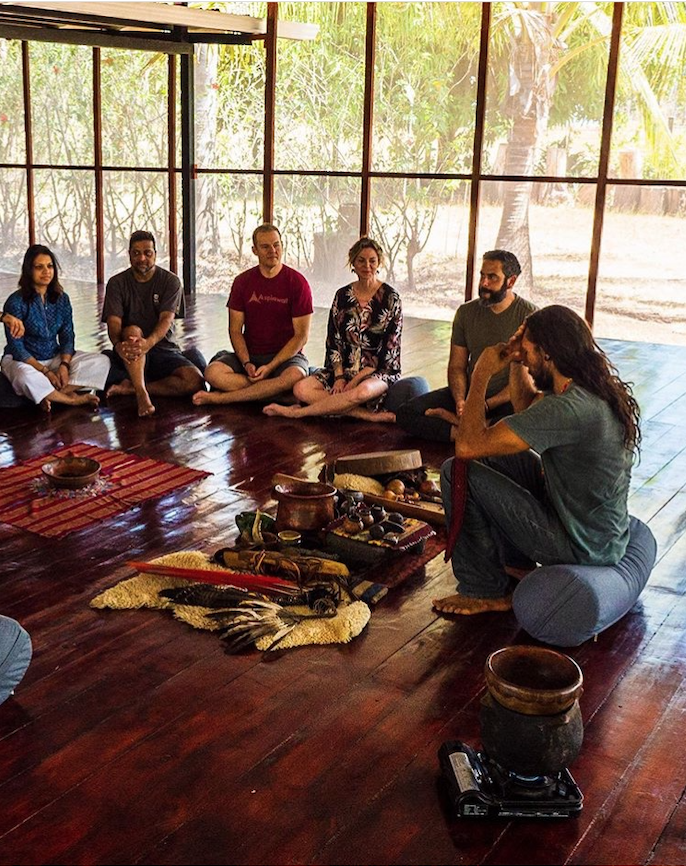Scientists Discover New Deep-Sea Octopus Nursery in Costa Rican Waters
An international team of scientists has made a groundbreaking discovery of a new deep-sea octopus nursery at a low-temperature hydrothermal vent offshore of Costa Rica. The nursery brings the world's known octopus breeding sites to four, and the team confirmed that the first known aggregation of deep-sea octopus, the Dorado Outcrop, is an active nursery.
The discovery may have revealed a new species of the Muusoctopus genus, a small to medium sized octopus family that lacks an ink sac. The expedition further highlighted the idea that some deep-sea octopus species seek out low-temperature hydrothermal vents to brood their eggs.
The Octopus Odyssey expedition, led by Dr. Beth Orcutt of the Bigelow Laboratory for Ocean Sciences in the United States and Dr. Jorge Cortes of the University of Costa Rica aboard Schmidt Ocean Institute's research vessel Falkor (too), included 18 scientists from around the world. The team was excited to prove that the Dorado Outcrop is an active nursery and to witness the hatching of the Muusoctopus species, disproving the notion that the area is unsuitable for developing octopus young.
In addition to the discovery of the new nursery, the team explored five never-before-seen seamounts in the northwestern corner of Costa Rica's waters and found thriving biodiversity. They also uncovered many animals suspected to be new species.
Schmidt Ocean Institute Executive Director Dr. Jyotika Virmani expressed her enthusiasm for the discovery, stating that "the discovery of a new active octopus nursery over 2,800 meters beneath the sea surface in Costa Rican waters proves there is still so much to learn about our Ocean." The seamounts, including the Dorado Outcrop, are currently not protected from human activities like fishing, so half of the science team, including Costa Rican scientists, is working to determine if they warrant protection and should be designated marine protected areas.
The discovery of the new octopus nursery and the exploration of the seamounts were made possible through the use of an underwater robot, ROV SuBastian. The dives were made publicly available in real-time through the Schmidt Ocean Institute livestream. Schmidt Ocean Institute provides its research vessel, R/V Falkor (too), and its underwater robot, ROV SuBastian, free of cost to the scientific community and will continue research around Central America for the remainder of this year as part of a larger 10-year expedition plan.

Why not go on your own discovery expedition during your stay at Drift Away Lodge? Snorkel and scuba trips can be arranged with our local partners, who knows what you may discover! If those activities seem a bit too adventurous, not to worry. Visit the beach as the tide goes out and explore the many tide pools in the rocks. These rock formations were created by ancient volcanic activity. The is always something to discover.


